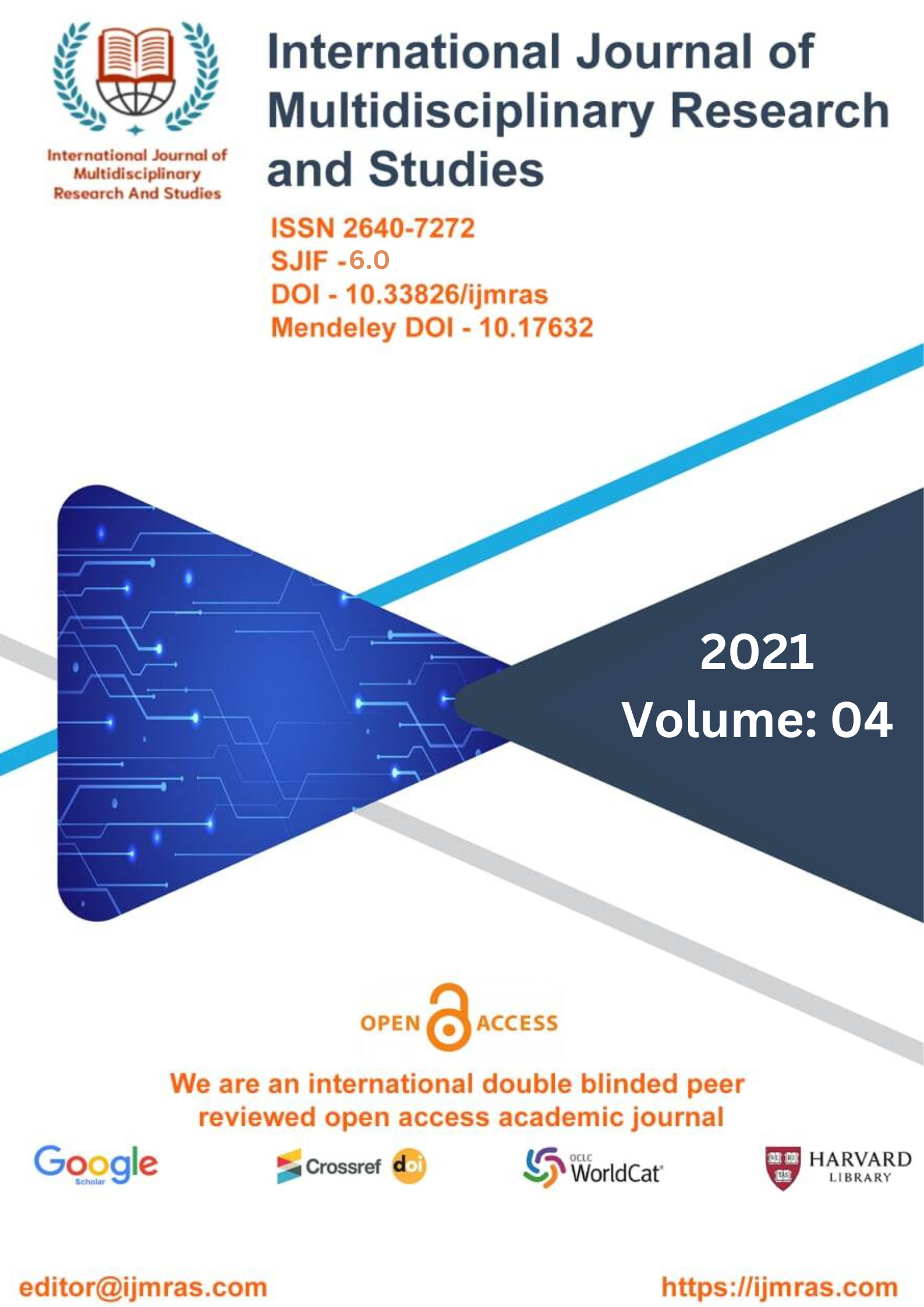THE EFFECT OF E- LIBRARY ON STUDENTS’ ACADEMIC PERFORMANCE IN INDIAN TERTIARY

Abstract
The purpose of this study was to investigate the ways in which academic libraries are used by students and to determine whether or not such usage is related to the success that students experience in their academic endeavours. In addition, the investigation sought to determine whether or not such usage is related to the success that students experience in their academic endeavours. Without the library as an integral part of the curriculum, any educational system might be considered insufficient and lacking. It is a very significant factor that has contributed to the improvement of the academic performance as a whole. According to Andaleeb and Simmonds (1998), the use of academic libraries is mostly influenced by the users' awareness of the library's resources and the availability of such resources. This is because users are more likely to utilise resources that they are aware of. It is vital, in order to fulfil the information requirements of students in an efficient manner, to not only have an understanding of the types of material that students need, but also of the ways in which students use the library. The contributions offered by the academic library to the learning process are very helpful and make a major difference. According to the results of Chamani Gunasekera's (2010) study on the student use of an academic library, students are, for the most part, satisfied with the contents, services, and facilities that are made available to them by the library.
Keywords
of Chamani Gunasekera's, academic library, performance,How to Cite
References
Adefarati E. O. (2002). Essentials of Library in Education, Crofess Computers,Ondo. Nigeria.
American Association of School Librarians, (2007). Standards for the 21st Century Learner. Chicago: The American Library Association.
American Association of School Librarians, (2009). Causality: School libraries and student success (CLASS). White paper. American Association of School Librarians National Research Forum. Retrieved on 04.10.2015 from http:// www.ala.org/aasl/sites/ala.org. at 03:27 pm.
American Association of School Librarians, (2011). Best websites for teaching & Learning.Retrieved on 05.10.2015 at 12:23 pm from http://www.ala.org/aasl/ standards.
Appleton, L. (2006)., Perception of electronic library resources in further education.
The Electronic library” 24(5): 619- 634.
Australian School Library Association, (2012). What is a teacher librarian?
Melbourne: Surge Media Press
Best, J. W. and Kahn, J. V. (2006). Research in Education. Boston: Pearson Education Inc.
Campbell, J. D. (2006). Changing a Cultural Icon: The Academic Library as a Virtual Destination. Los Angeles: University of Southern California.
Chilumba, J. J. (2012). Factors that Affect Pupils Performance in Primary SchoolsLeaving Examinations in Nachingwea and
Tandahimba. Districts in Fulfillment of Requirements for Doctor of Philosophy in Education.Tandahimba, Tanzania.
Cohen, L., Manion, M., and Morrison, K. (2007). Research Methods in Education.
London: Routledge Falmer.
Cox, B. and Margie, H. Jantti, M. H. (2012). Discovering the Impact of Library Use and Student Performance, Canberra: University of Wollongong Press.
Creswell, J. W. (2005). Research design: Qualitative, quantitative and mixed methods approaches. London: Sage Publications Inc.
Dahlgren, C. (I994). The Tanzania library service: A Review of Recent literature.
License
Copyright (c) 2021 KIRTI SARASWATI

This work is licensed under a Creative Commons Attribution 4.0 International License.
Individual articles are published Open Access under the Creative Commons Licence: CC-BY 4.0.



